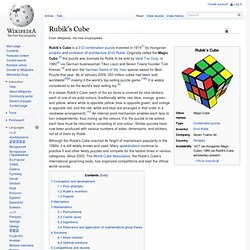

Silk Pavillion - CNC Deposited Silk & Silkworm Construction at the MIT Media Lab (@medialab) Created at the Mediated Matter Research Group at the MIT Media Lab, The Silk Pavilion explores the relationship between digital and biological fabrication on product and architectural scales.

The primary structure was created of 26 polygonal panels made of silk threads laid down by a CNC (Computer-Numerically Controlled) machine, followed by a swarm of 6,500 silkworms spinning flat non-woven silk patches as they locally reinforced the gaps across CNC-deposited silk fibers. Inspired by the silkworm’s ability to generate a 3D cocoon out of a single multi-property silk thread (1km in length), the overall geometry of the pavilion was created using an algorithm that assigns a single continuous thread across patches providing various degrees of density. Overall density variation was informed by the silkworm itself deployed as a biological “printer” in the creation of a secondary structure. Solid shapes and their nets. Rubik's Cube. Rubik's Cube is a 3-D combination puzzle invented in 1974[1] by Hungarian sculptor and professor of architecture Ernő Rubik.

Originally called the Magic Cube,[2] the puzzle was licensed by Rubik to be sold by Ideal Toy Corp. in 1980[3] via German businessman Tibor Laczi and Seven Towns founder Tom Kremer,[4] and won the German Game of the Year special award for Best Puzzle that year. As of January 2009, 350 million cubes had been sold worldwide[5][6] making it the world's top-selling puzzle game.[7][8] It is widely considered to be the world's best-selling toy.[9] Although the Rubik's Cube reached its height of mainstream popularity in the 1980s, it is still widely known and used.